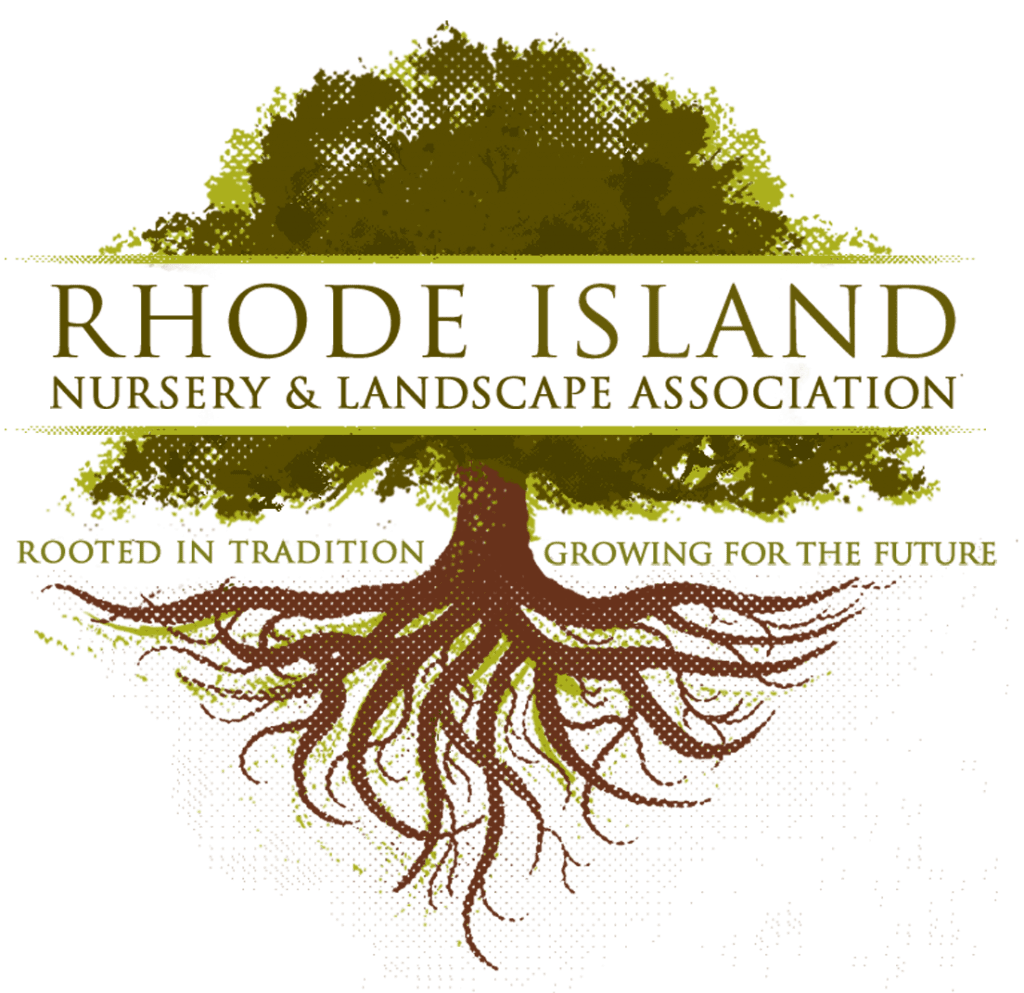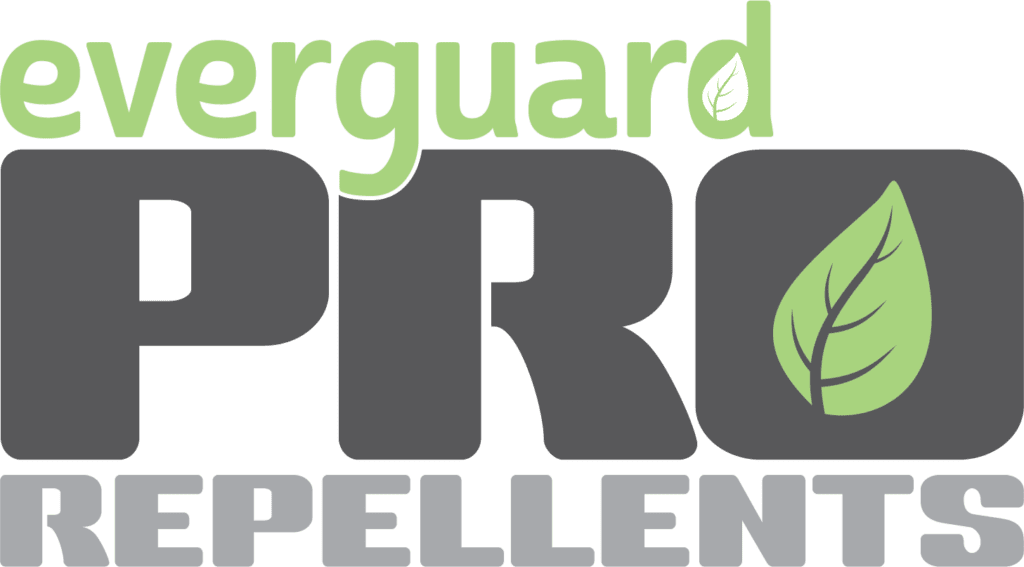Across the scenic vistas of the United States, from the lush greenery of the East Coast to the dense forests of the Central regions, a silent issue proliferates. Deer, symbols of the American wild and subjects of admiration, stand at the center of an evolving narrative. With their numbers climbing significantly, the story of deer in the USA is one of ecological triumph and challenge.
The Population Boom
The story of deer in the United States is a remarkable one, charting a journey from near disappearance due to excessive hunting and loss of habitat in the 20th century, to a robust population today, estimated in the tens of millions. This resurgence, while a victory for wildlife conservation, brings with it a set of challenges that ripple across communities and ecosystems.
Areas of Abundance
Certain regions in the U.S. are particularly notable for their high deer densities. States such as Pennsylvania, Michigan, and New York have become hotbeds for deer populations, thanks to abundant forested areas and agricultural lands that provide ideal habitats. This has led to ecological shifts in areas like New England, where deer affect forest undergrowth, and raised safety concerns in the Midwest due to increased vehicle collisions involving deer.
Ecological and Economic Impacts
The overpopulation of deer has diverse consequences. Ecologically, excessive deer numbers can lead to overgrazing, affecting forest regeneration and the overall biodiversity of areas. From an agricultural standpoint, deer can inflict considerable damage on crops, translating to economic losses for farmers. Furthermore, the proliferation of deer escalates the risk of Lyme disease spread by ticks, a health concern closely tied to deer density.
Mitigation Measures
Addressing the deer population growth involves a spectrum of strategies, from regulated hunting to innovative fertility control methods, aimed at maintaining ecological and human balance. Community engagement is crucial, with education, habitat alteration, and preventive strategies playing key roles in reducing deer-related conflicts.
Looking Ahead
The situation with America’s deer populations highlights the intricate dance between wildlife management and human-environment interactions. It emphasizes the necessity for informed, comprehensive strategies to manage deer populations effectively, ensuring the vitality of natural ecosystems and the safety of human communities. As we look to the future, the evolving dynamics of deer populations in America remind us of our deep ties to the natural world and the ongoing efforts needed to sustain these relationships.



